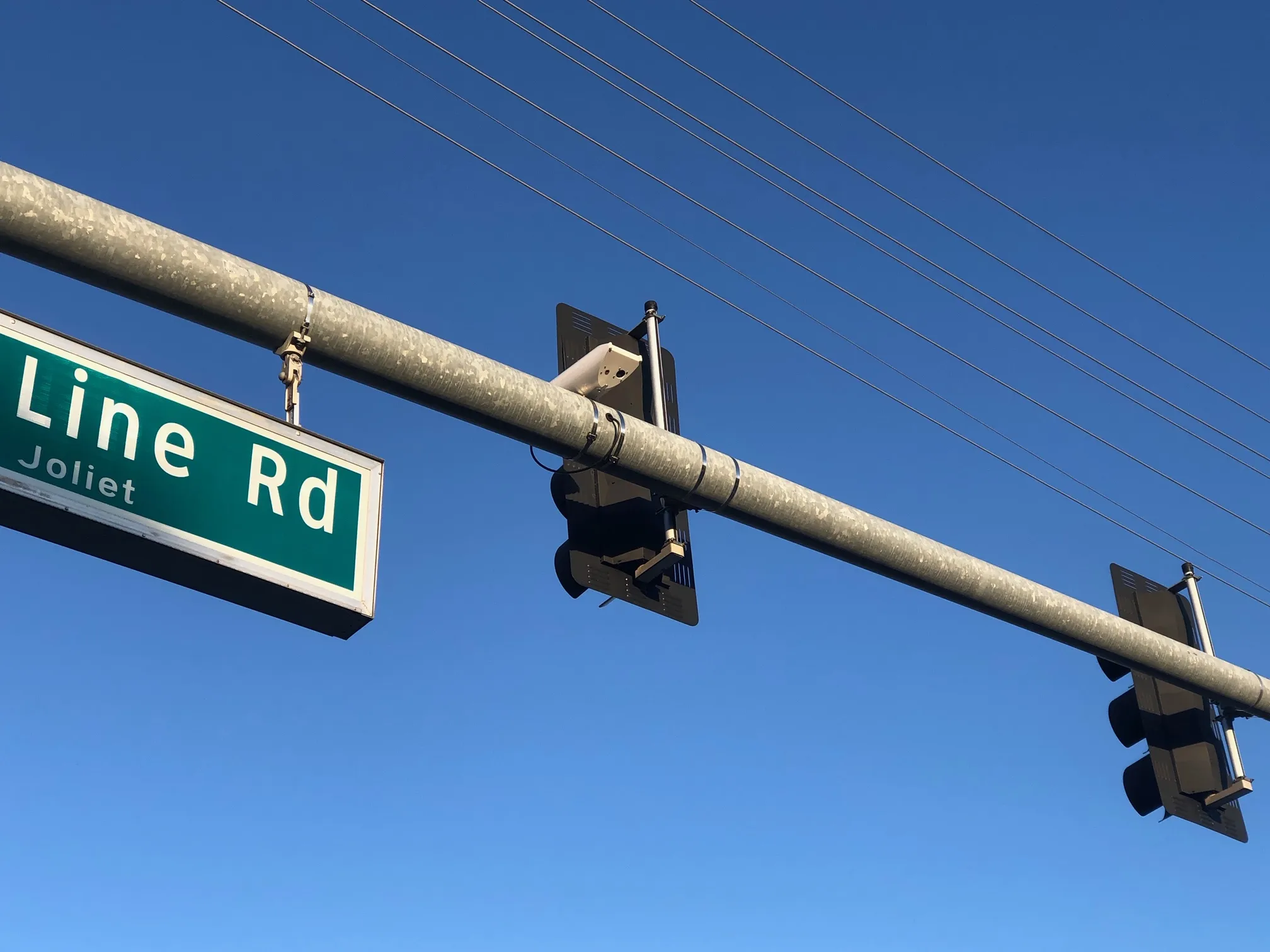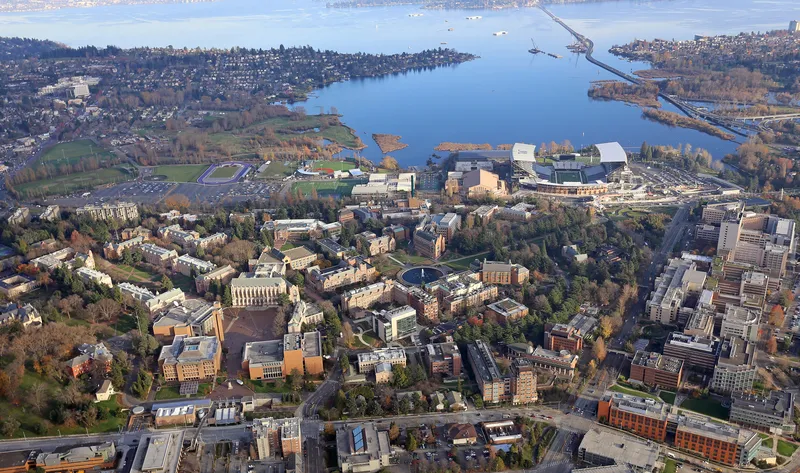The Utah Department of Transportation (UDOT) has installed a new US$750,000 electronic sign system on Interstate 80 in Parleys Canyon that will allow engineers to adjust the speed limit during storms or icy weather. Eight electronic signs are in eastbound lanes, and seven in westbound lanes.
Data from road sensors shows the road condition, along with the canyon’s temperature and humidity and traffic speed, while cameras will show visibility, enabling traffic engineers to remotely adjust the speed limit s
January 8, 2014
Read time: 1 min
The 1904 Utah Department of Transportation (UDOT) has installed a new US$750,000 electronic sign system on Interstate 80 in Parleys Canyon that will allow engineers to adjust the speed limit during storms or icy weather. Eight electronic signs are in eastbound lanes, and seven in westbound lanes.
Data from road sensors shows the road condition, along with the canyon’s temperature and humidity and traffic speed, while cameras will show visibility, enabling traffic engineers to remotely adjust the speed limit signs and send alerts to the Utah Highway Patrol.
"Its whole aim is to improve safety and the consistency of flow in Parleys Canyon during weather events," said Robert Miles, UDOT Region 2 East District engineer. "We’re excited about it. We think we can really affect the safety and capacity of the roadway."
Data from road sensors shows the road condition, along with the canyon’s temperature and humidity and traffic speed, while cameras will show visibility, enabling traffic engineers to remotely adjust the speed limit signs and send alerts to the Utah Highway Patrol.
"Its whole aim is to improve safety and the consistency of flow in Parleys Canyon during weather events," said Robert Miles, UDOT Region 2 East District engineer. "We’re excited about it. We think we can really affect the safety and capacity of the roadway."









